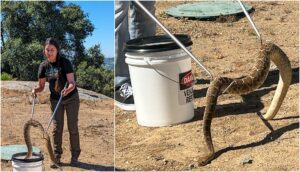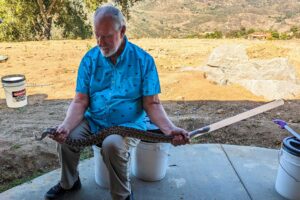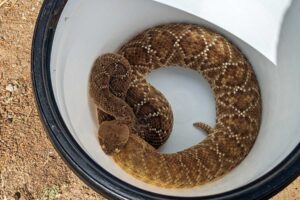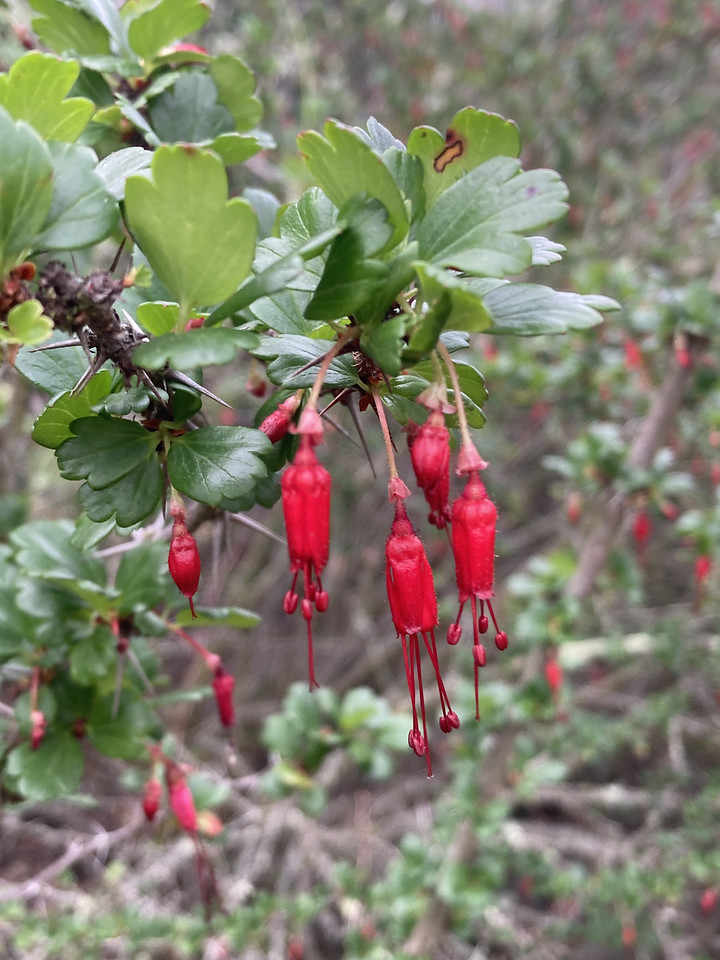Relocating Rattlesnakes
Relocating Rattlesnakes
A number of snakes can be found slithering about San Diego, including rattlesnakes. As we’re entering the heat of the summer and temperatures are on the rise, rattlesnakes must seek out shade to keep cool, just like us! However, this means human rattlesnake interactions are more likely to occur.

The Escondido Creek Conservany’s staff, volunteers and interns undergo rattlesnake relocation training.
A misunderstood reptile, rattlesnakes don’t always have the best reputation due to their large size and venom. More often than not we resort to killing rattlesnakes, rather than relocating them. But thanks to organizations like Tom’s Snakes and Rattlesnake Rescue, coexisting with these amazing animals is becoming much more possible!

The team learned how to safely and humanely capture and release rattlesnakes.
Recently, the Conservancy’s staff, volunteers and interns underwent some rattlesnake relocation training and learned how to safely approach, properly pick up and carefully capture and relocate rattlesnakes. Our team also got the opportunity to safely get up-close to a rattlesnake and observe its unique pattern, scales and rattle! This opportunity was incredibly valuable to our team as we learned the proper technique to keep both ourselves and rattlesnakes safe. Please note, unless you are a professional trained in handling venomous snakes, you should never handle or relocate a rattlesnake on your own.

Special thanks to Tom’s Snakes and Rattlesnake Rescue for the safe and educational training about relocating rattlesnakes.
Four species of rattlesnakes can be found throughout San Diego County — Red Diamond Rattlesnake, Western Pacific Rattlesnake, Speckled Rattlesnake and the Sidewinder. While each species varies in size and coloration, they all have one key feature in common … a rattle at the tip of their tail!

Red Diamond Rattlesnakes are known to have a rusty coloration, a diamond pattern and distinct black and white stripes located above their rattles.
Learning how to coexist with species like rattlesnakes is extremely beneficial to the overall health of our local environments. These stealthy snakes help maintain the balance of our local food webs as they help control populations of small mammals, especially rats and mice. But that’s not all! Rattlesnakes also serve as an important food source for raptors, coyotes and even other snakes. At the end of the day, healthy populations of rattlesnakes means a healthy environment.





